
All categories
Featured selections
Trade Assurance
Buyer Central
Help Center
Get the app
Become a supplier

(61487 products available)






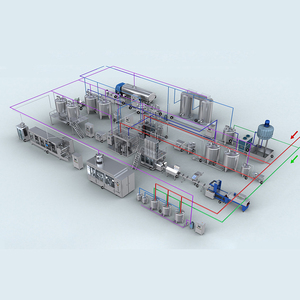
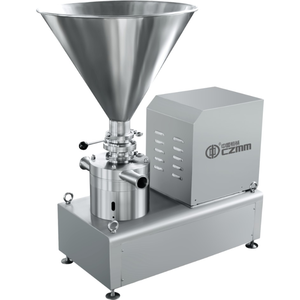
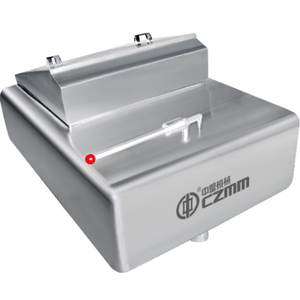
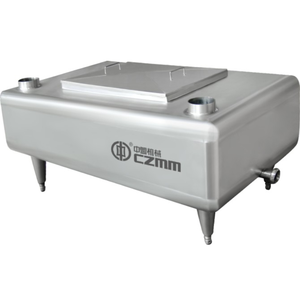
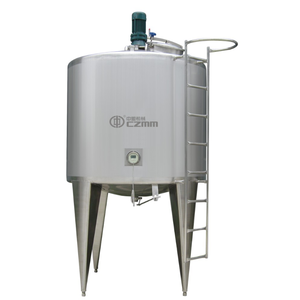
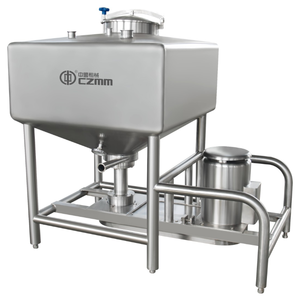

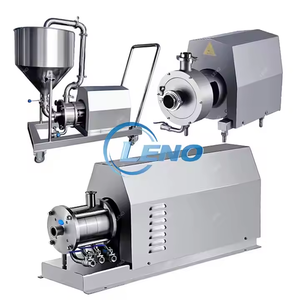


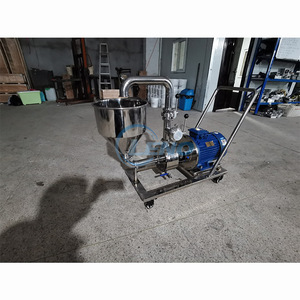










Dairy milk processing machines are essential equipment used to treat raw milk for dairy products such as cheese, yogurt, ice cream, and milk. The machines can be categorized into the following four sections based on functionality.
Separators and Clarifiers
The separator dairy processing machine uses centrifugal force to separate milk based on size and density. The machine separates the lighter components, such as cream and other impurities, from the heavy skim milk. The work of milk clarifier separator machines differs from the separator. The clarifier in the dairy processing machine eliminates contaminants, including sediment and bacteria, which may have similar weights as milk.
Pasteurizers
A milk pasteurizer processing machine is designed to heat milk to a specific temperature for a fixed time. The purpose of this is to eliminate harmful microorganisms. Afterward, the milk is cooled down quickly for processing into different dairy products or for bottling. There are various types of milk pasteurizers. HTST (High-Temperature Short Time) pasteurizers heat milk at 72°C for 15 seconds. UHT (Ultra-High Temperature) pasteurizers get similar results by heating the milk at 140°C for just 2 to 4 seconds. Other types of pasteurizers include batch pasteurizers, counters pasteurizers, and direct/indirect plate pasteurizers.
Milk Homogenizers
A milk homogenizer machine is used to break down fat globules so that they are evenly dispersed in the milk. Dairy milk processing machines help prevent cream from rising to the top. They achieve this by pumping milk through a valve at very high pressure. The high pressure causes the fat globules to split into smaller sizes. Homogenized milk has a distinct flavor and texture.
Filtration Systems
A milk filter machine uses physical barriers to separate fat globules, proteins, and water molecules. The machines work by forcing milk through a filter membrane. Later on, the separated components are combined to form milk. Reverse osmosis and ultrafiltration membranes are some types of milk processing filter machines.
The specifications for a typical milk processing machine are as follows:
The dairy milk processing machine offers multiple usage scenarios for processing milk and manufacturing dairy products. It plays a vital role in the commercial dairy industry by ensuring the efficiency, hygiene, and quality of milk processing.
Large-scale milk processing:
The machine handles large milk volumes with great efficiency to meet the rising market needs. It enables speedy processes such as pasteurization, homogenization, and bottling, while minimizing labor.
Diverse product production:
The machine adapts to create distinct products through specialized processing—fermentation for yogurt, centrifugation for skim milk, and enzyme addition for cheese and kefir. Each method guarantees product integrity and culinary success.
Continuous-processing automation:
Audiovisual automation achieves uninterrupted high-capacity production, vital for big-scale factories. It curtails expenses by cutting staff needs and rapidly generating more dairy products, satisfying widespread customer demand.
Clean-in-place:
Pasteurized milk processing machinery features a convenient Clean-in-Place (CIP) system designed for thorough internal cleaning without disassembling the equipment. This system ensures consistent product quality by maintaining impeccable hygiene standards throughout the production process.
Integration with other systems:
Dairy processing machines easily link to automatic milking and monitoring setups, offering a complete solution. They streamline data transmission, remote control, and automation, simplifying processes and enhancing productivity. This integrated approach revolutionizes dairy farming operations.
Research and development:
These machines aid in studying new dairy products and perfecting recipes. Small-scale models with flexible settings are used to test trials, including variations in fermentation, flavors, and processing parameters. Based on the results, manufacturers can confidently introduce innovative products to the market.
When choosing a milk processing machine, a business buyer must prioritize quality, capacity, energy efficiency, maintenance, and technical support.
Quality and Food Safety:
The buyer should look for a machine manufactured with food-grade, non-toxic, high-quality stainless steel. Also, the machine should have features like automated cleaning-in-place (CIP) systems, which promotes hygiene and reduce cross-contamination to enhance food safety.
Capacity:
The buyer should choose the appropriate capacity based on the scale of the dairy processing operation and market demand. Also, the buyer needs to consider machine with flexible processing capacity that was able to easily adjust the capacity to accommodate future growth.
Energy Efficiency:
Business buyers need to consider energy-efficient machines, which help to minimize operating costs and environmental impact. Buyers should also look for milk processing machines with the cooling system to reduce electricity consumption.
Maintenance and Durability:
A business buyer needs to consider the processing machine's quality, reliability, and durability. Also, buyers need to choose the machine easy to maintain with access to spare parts and maintenance services.
Technical Support and Training:
Buyers should partner with a supplier who offers accessible technical support and training services. Also, the buyer can ensure their staff receives proper training on operating and maintaining the processing equipment.
Q1: What is the purpose of a milk processing plant?
A1: A milk processing plant's purpose is to transform raw milk into a variety of value-added dairy products through several sophisticated processing methods.
Q2: What are the stages in milk processing?
A2: The typical stages in milk processing include milk reception and testing, filtration, pasteurization, homogenization, separation, emulsification and blending, carbonation, sterilization, packaging, and induction cooking and cooling.
Q3: What kind of products does a milk processing machine make?
A3: Generally, milk processing machines can produce various dairy products, including milk, cream, butter, cheese, yogurt, and value-added products like evaporated milk, condensed milk, and milk powders.
Q4: How big is the dairy processing equipment market?
A4: The global dairy processing equipment market size was valued at USD 7.07 billion in 2021 and is projected to expand at a CAGR of 8.5%, reaching USD 11.88 billion by 2028.